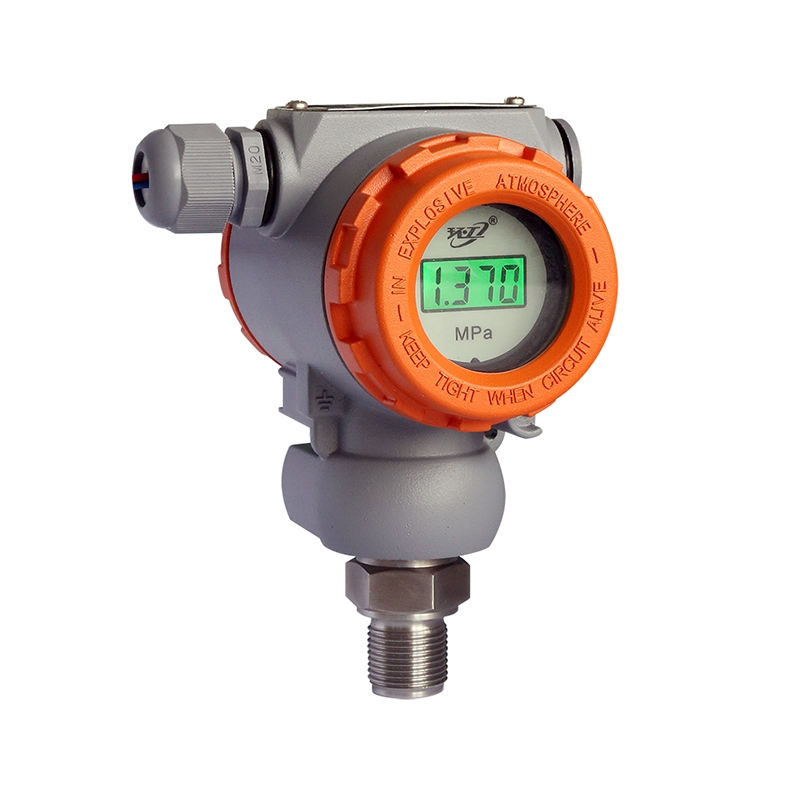Environmental Considerations: Temperature fluctuations can significantly impact sensor performance and accuracy. Select sensors with temperature compensation features or install them in controlled environments where temperature variations are minimized. This helps mitigate potential errors caused by thermal expansion or contraction of sensor components. Protect sensors from moisture ingress, as humidity and moisture can lead to corrosion, electrical shorts, or insulation breakdown. Utilize appropriate enclosures or protective measures to maintain sensor integrity in humid or wet environments. Regular inspections and maintenance routines should include checking seals, gaskets, and housing integrity to prevent water ingress. Choose sensors constructed from materials that resist exposure to corrosive chemicals present in the application environment.
Quality of Installation: Employ proper mounting techniques to minimize mechanical stress on sensors. Improper mounting can introduce strain or misalignment, leading to inaccurate readings or premature sensor failure. Ensure seals and fittings are compatible with the pressure range and media being measured. Use high-quality seals and appropriate thread sealants to prevent leaks or pressure losses. Conduct pressure testing after installation to verify seal integrity and confirm proper sensor operation under operating conditions. Install sensors in locations where vibrations are minimal or use vibration-resistant mounting hardware when necessary. Excessive vibration can cause mechanical fatigue, affecting sensor performance and lifespan. Implement shock-absorbing mounts or isolation techniques to minimize the impact of vibrations on sensor accuracy and stability.
Monitoring and Diagnostics: Implement a robust monitoring system to continuously monitor sensor outputs in real-time. Use data logging or remote monitoring solutions to capture and analyze sensor data trends over extended periods. Automated alerts or alarms can notify operators of abnormal conditions or deviations from expected values, enabling timely intervention to prevent potential failures or production disruptions. Utilize diagnostic tools and software to analyze sensor performance metrics such as drift, response time, and stability. Conduct periodic diagnostic tests to identify potential issues early and implement corrective actions promptly. Root cause analysis of sensor anomalies helps improve reliability and enhances predictive maintenance strategies. Monitor long-term trends in sensor performance to identify gradual changes or degradation in measurement accuracy. Compare historical data with current readings to assess sensor health and predict maintenance needs. Trending analysis supports data-driven decision-making and optimization of sensor maintenance schedules based on actual operational conditions.
Protection Against Overload and Contamination: Protect sensors from exceeding their maximum pressure ratings to prevent mechanical damage or failure. Install pressure relief valves or limiters to safeguard sensors against sudden pressure spikes or overloads. Regularly inspect and recalibrate pressure limit settings to ensure they align with operational requirements and safety standards. Shield sensors from contaminants such as dust, dirt, oils, or chemicals that can compromise sensor performance. Use filters, protective enclosures, or barrier materials to minimize exposure to airborne particles or liquid ingress. Implement routine cleaning and maintenance practices to remove contaminants and maintain sensor accuracy over time.
PB8101CNM pressure transmitters


































































 English
English русский
русский














